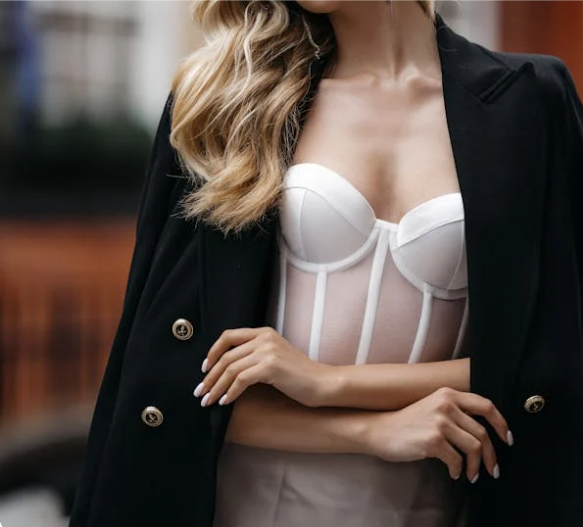Fashion is more than just clothing; it’s a reflection of cultural trends, societal shifts, and personal expression. In recent years, there has been a noticeable resurgence of retro fashion, where styles from past decades are revitalized and reimagined for today’s wardrobe. This phenomenon isn’t merely a flashback but rather a deliberate fusion of nostalgia with contemporary aesthetics, creating a unique blend that appeals to fashion enthusiasts of all ages.
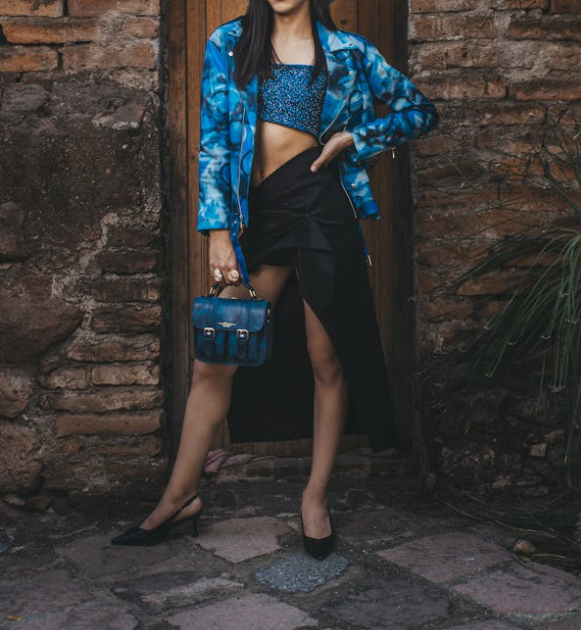
The Appeal of Retro Fashion
At its core, retro fashion taps into the emotional connections people have with specific eras. Whether it’s the elegance of the 1950s, the rebellious spirit of the 1960s, or the boldness of the 1980s, each decade offers distinct styles that resonate with different individuals. Nostalgia plays a pivotal role here, invoking memories of cultural movements, iconic figures, and significant moments in history.
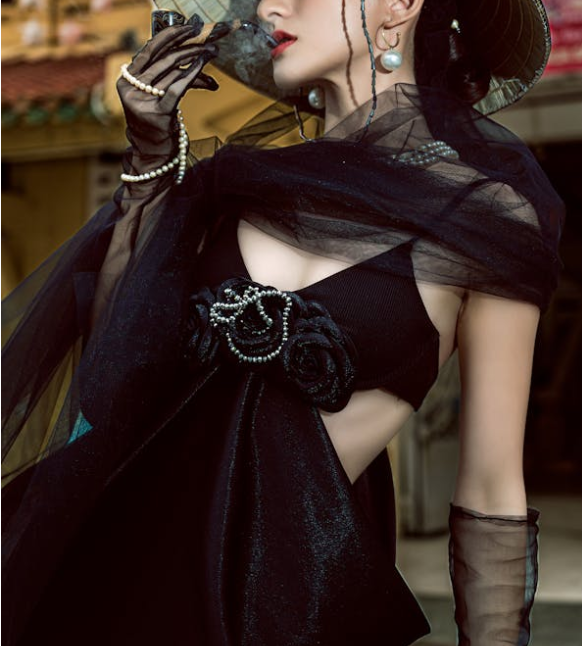
Key Elements of Retro Fashion
Retro fashion is characterized by its distinctive elements, including fabrics, silhouettes, colors, and patterns that define each era. Fabrics like tweed and silk evoke the elegance of the past, while bold prints and geometric shapes reflect the avant-garde spirit of the 1960s. Silhouettes vary from hourglass shapes of the 1950s to the oversized, deconstructed forms of the 1980s.
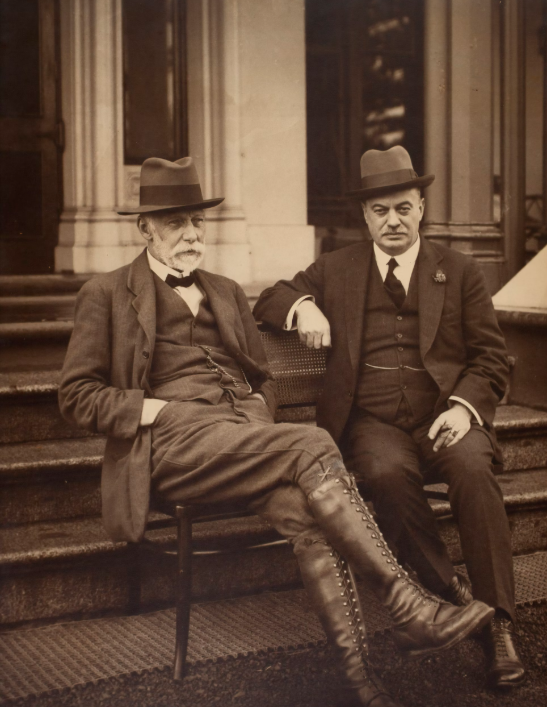
Influence of Different Decades
Each decade brings its own flair to retro fashion. The 1950s exude classic elegance with tailored suits and full skirts, while the 1970s introduce bohemian prints and disco-inspired attire. The 1990s embrace minimalism and grunge aesthetics, marking a departure from the excesses of the previous decade.

Modern Interpretations
Designers today reinterpret retro styles by infusing them with contemporary influences. This blending of old and new creates fresh interpretations that appeal to modern sensibilities while honoring the heritage of vintage fashion. It’s not just about replicating the past but rather reinventing it for a new audience.
Celebrities and Influencers
Celebrities and social media influencers play a significant role in popularizing retro fashion. From red carpet events to everyday street style, these tastemakers revive iconic looks and introduce them to a global audience. Their influence extends beyond fashion, shaping trends and inspiring millions to embrace nostalgic dressing.
Fashion Brands Embracing Retro
Many fashion brands actively incorporate retro elements into their collections. Collaborations with vintage icons and reissues of classic designs breathe new life into past styles, catering to a growing demand for authenticity and nostalgia in fashion.
Accessories and Accents
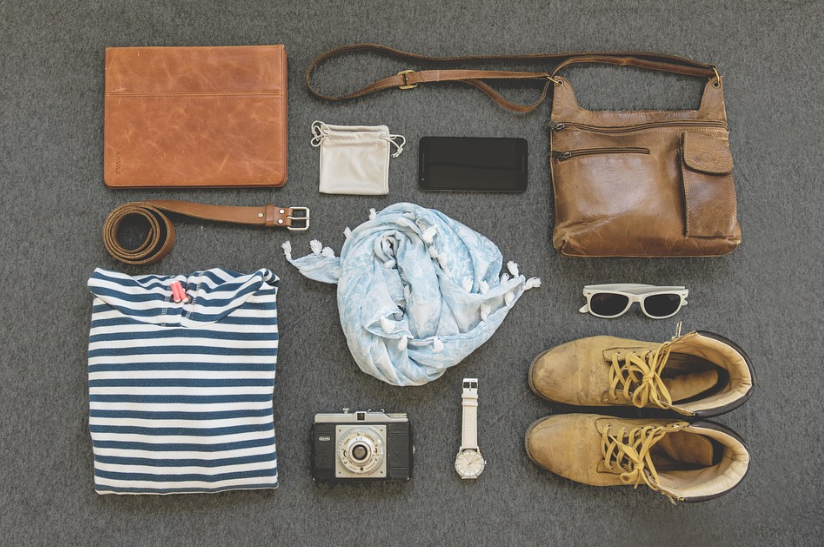
Accessories play a crucial role in completing retro-inspired outfits. Statement pieces such as cat-eye sunglasses, platform shoes, and bold jewelry are reminiscent of past eras and add a distinctive flair to contemporary ensembles. Mixing vintage accessories with modern clothing creates a harmonious balance of old and new.
DIY Retro Fashion
For those inclined towards creativity, DIY retro fashion offers a sustainable and personalized approach to styling. Thrift store finds can be upcycled into unique pieces, reflecting individual tastes while reducing environmental impact. It’s a way to celebrate nostalgia while contributing to a more sustainable fashion industry.
Retro Fashion in Street Style
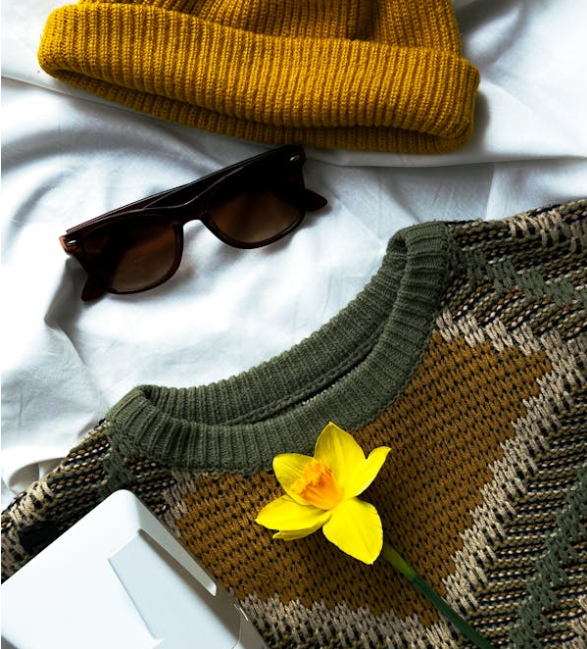
Street style enthusiasts often incorporate retro pieces into their everyday looks, blending vintage finds with current trends. This grassroots approach to fashion allows for personalization and experimentation, showcasing how retro fashion continues to influence urban culture and individual expression.
Psychological Impact of Nostalgia
The allure of nostalgic fashion goes beyond aesthetics; it taps into deep-seated emotions and memories. People are drawn to retro styles not just for their visual appeal but also for the nostalgia they evoke—whether it’s recalling childhood memories or celebrating cultural milestones.
Environmental and Sustainable Aspects
In an era of heightened environmental awareness, retro fashion holds appeal for its sustainable practices. By reusing and repurposing clothing from past decades, individuals contribute to reducing fashion waste and promoting a circular economy. Vintage shopping and upcycling are seen as ethical choices that align with modern sustainability principles.
Challenges in Adopting Retro Trends
While retro fashion offers a rich tapestry of styles, adopting these trends requires a delicate balance. Avoiding clichés and outdated stereotypes is crucial to maintaining authenticity and relevance. Balancing nostalgia with contemporary sensibilities ensures that retro-inspired fashion remains timeless and inclusive.
Future Trends in Retro Fashion
Looking ahead, the future of retro fashion promises continued innovation and evolution. Designers will likely explore new ways to reinterpret past styles, integrating them with emerging technologies and cultural influences. The ongoing fascination with nostalgia ensures that retro fashion will remain a dynamic force in the fashion industry.
Retro fashion is more than a trend; it’s a testament to the enduring appeal of nostalgia and the creative reinterpretation of history. By infusing elements from past decades into modern wardrobes, individuals celebrate cultural heritage while expressing their unique sense of style. As fashion continues to evolve, retro influences will undoubtedly shape future trends, highlighting the timeless allure of vintage aesthetics.
